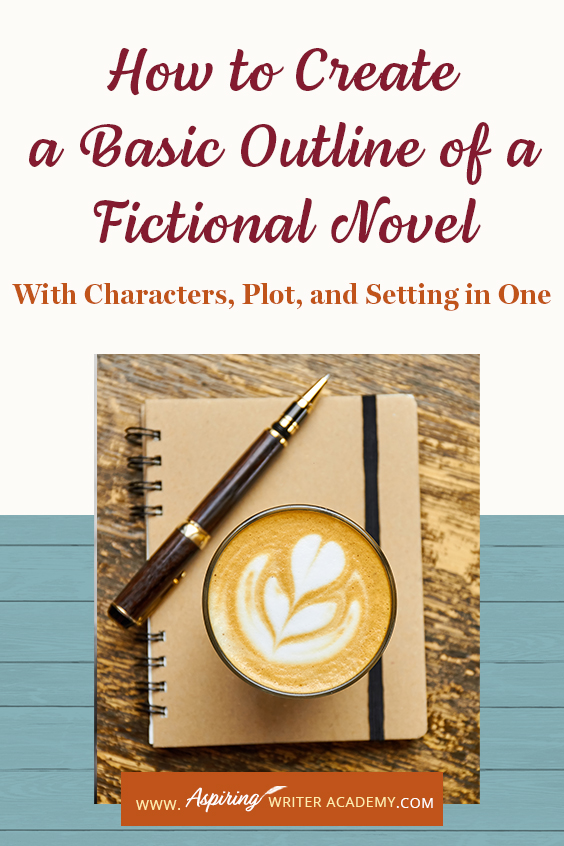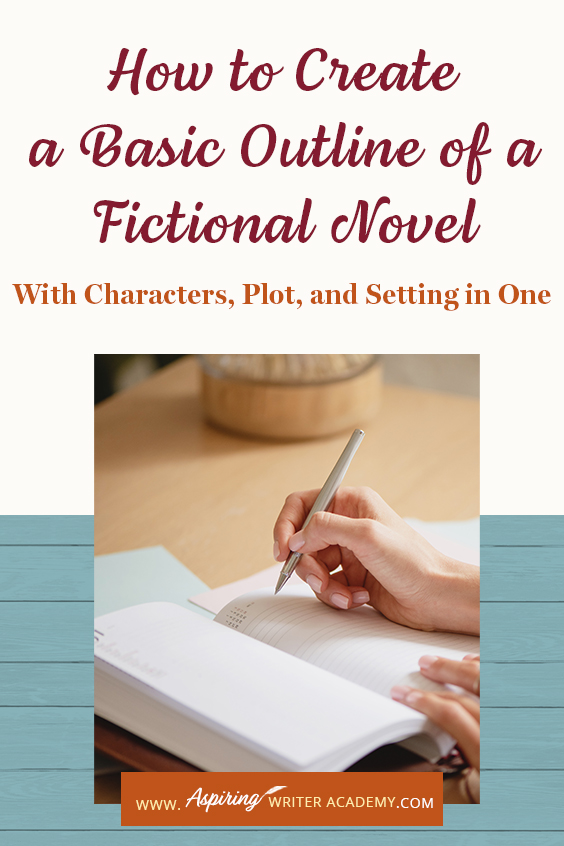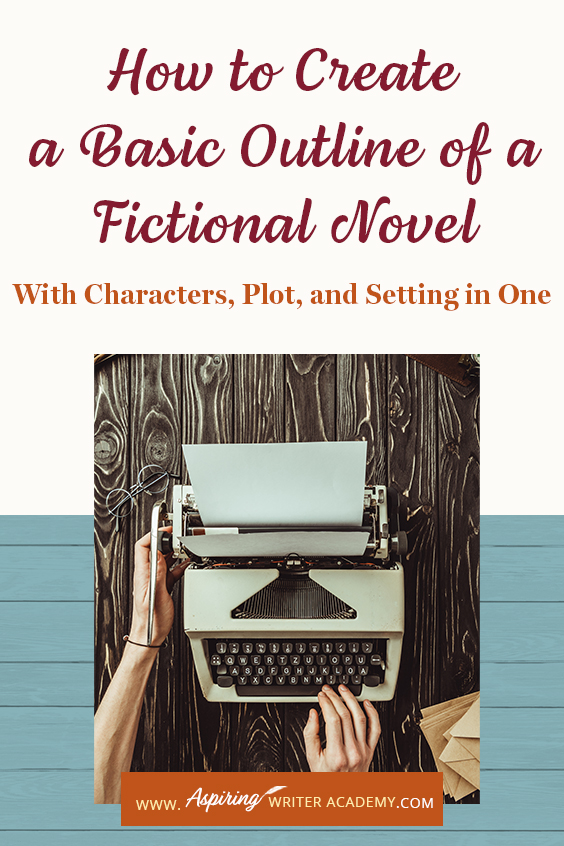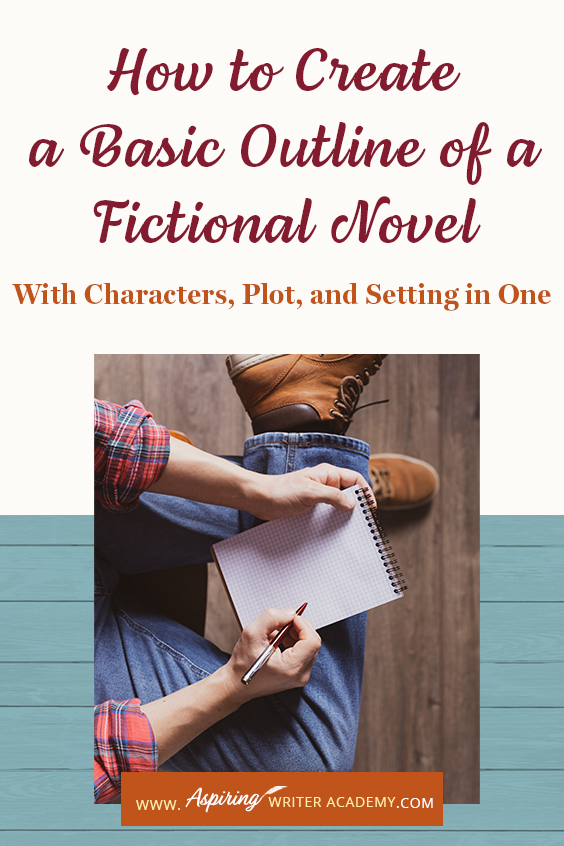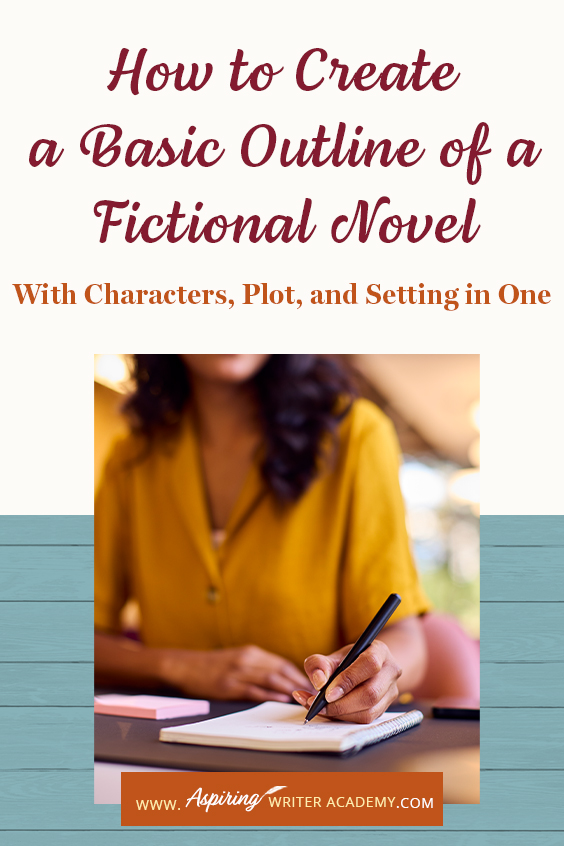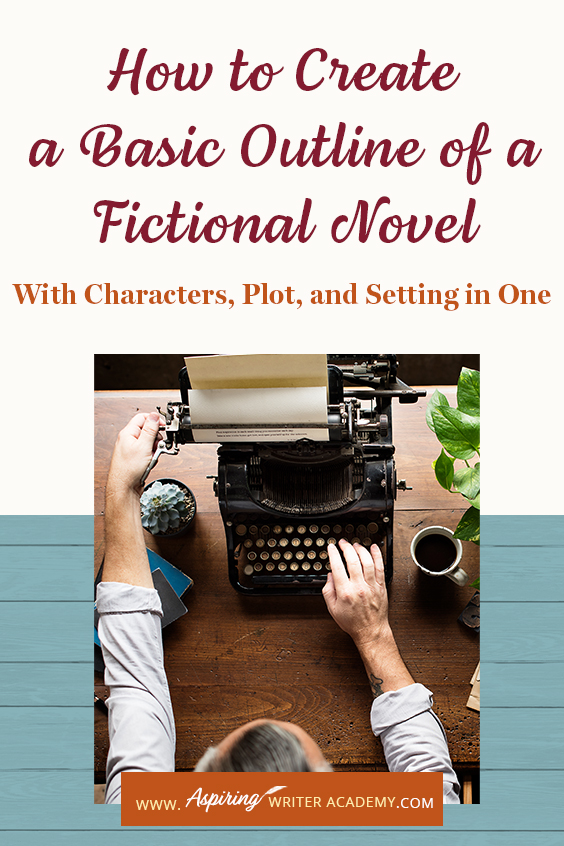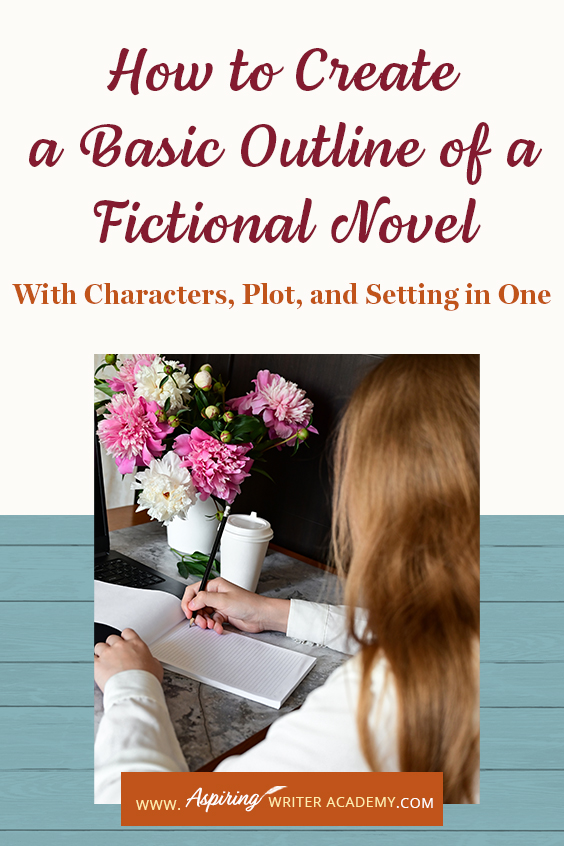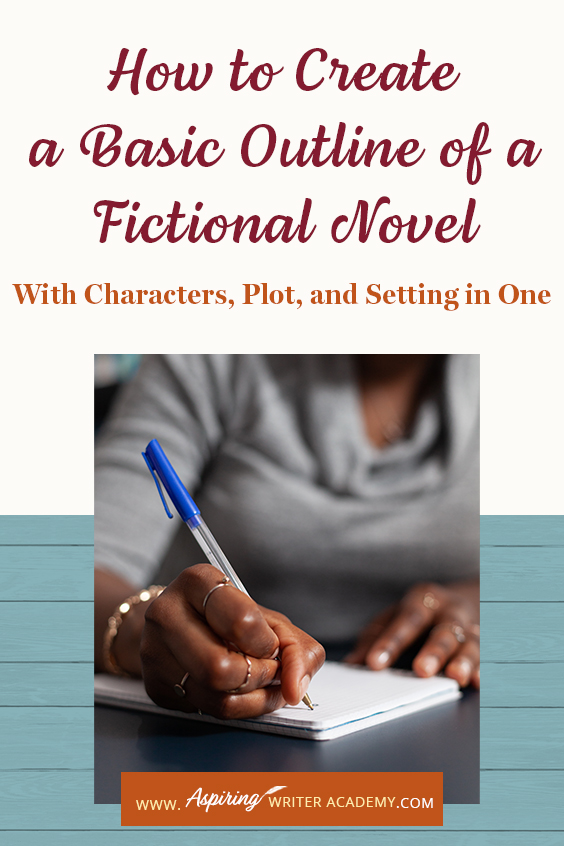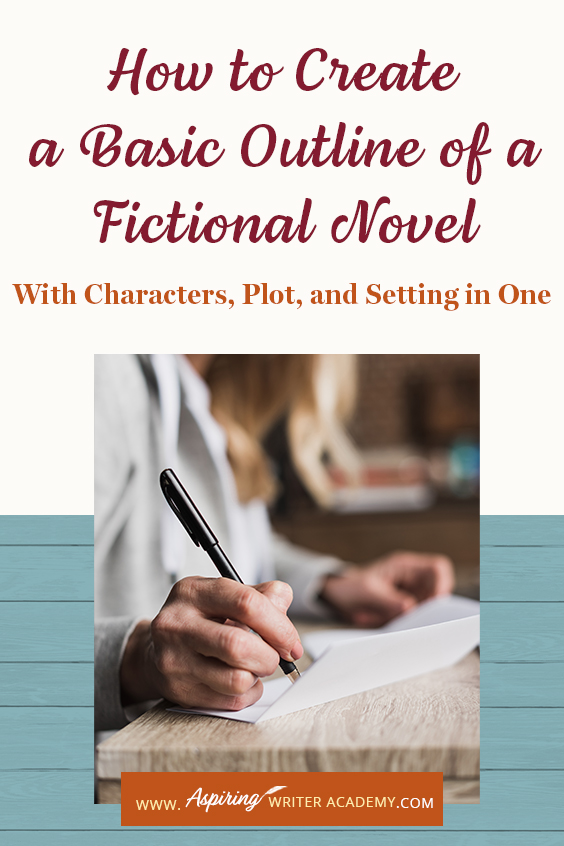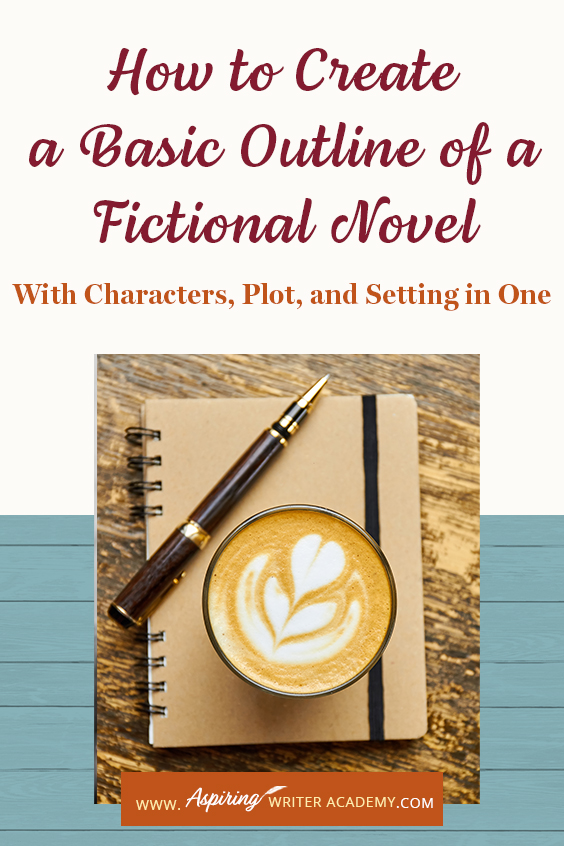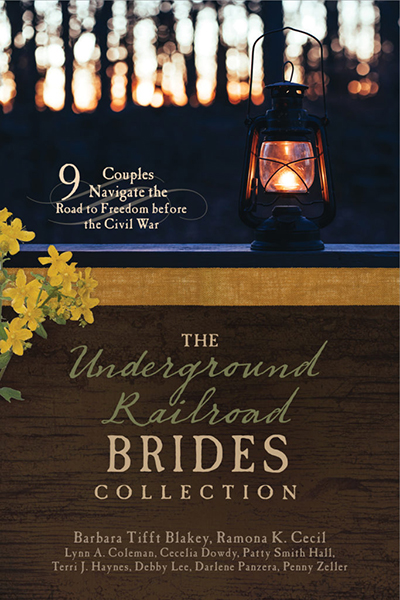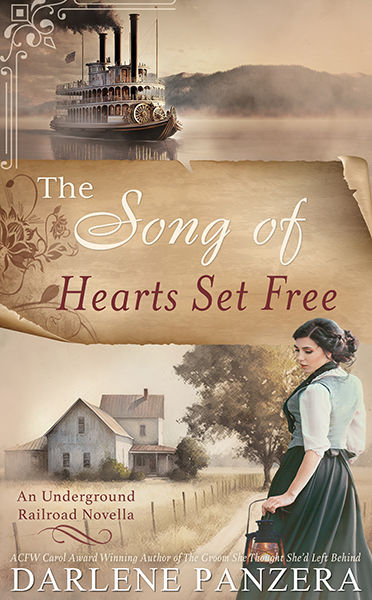How to Create a Basic Outline of a Fictional Novel with Characters, Plot, and Setting in One
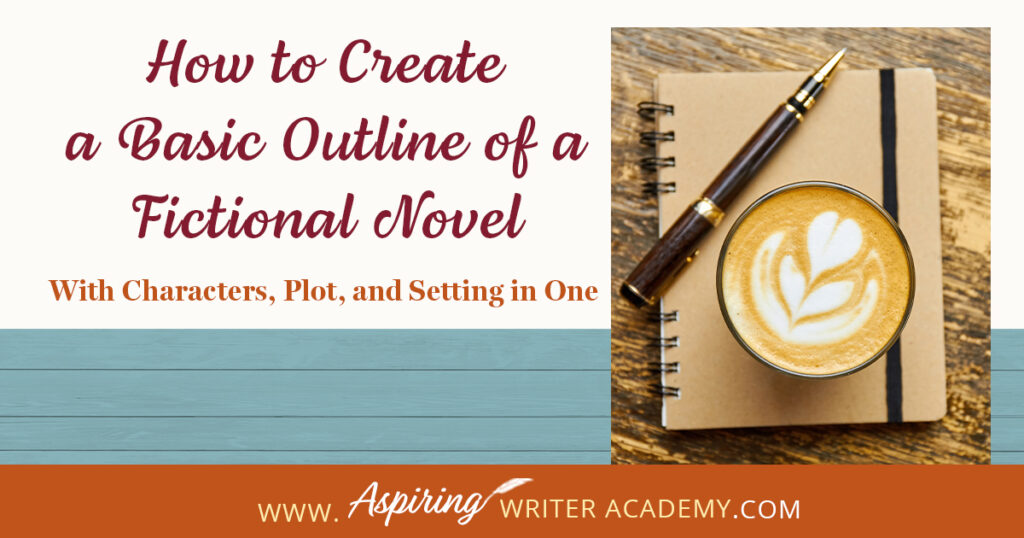
Looking for a faster, easier way to brainstorm a new story idea? Wondering where to begin—characters, plot, or setting? You can start with any of these elements, but it’s essential to consider how they interconnect, as adjustments may be necessary to craft a cohesive story that works.
How to Outline a Fictional Novel with Characters, Plot, and Setting in One Day offers a set of insightful questions designed to help you create a basic outline for your new fictional story—all in a single session.
Developing an outline for any new project may seem daunting, but our goal at Aspiring Writer Academy is to simplify the process and help you take your writing to the next level.
In the post below we discuss:
- Characters
- Plot
- Setting
- My Own Experience & Process for Quickly Outlining New Story Ideas. Hopefully this will give you even more insight into how all 3 elements can work together to draft a basic outline for your own story ideas.
Characters
When beginning a new story, many writers start off with an idea for a character. (If this is not you, keep reading, and we will help you start brainstorming from a different angle.)
- Who is this story about?
- What is this character’s general personality?
- What does he want? Or what must he do? Why?
- What happens if he does not get what he wants?
- What is this character’s greatest strength or ability?
- What is this character’s greatest flaw or weakness?
Hint: The character’s greatest weakness is usually the flip side of their strength.
For Example:
An antagonist or villain may be incredibly smart and good with numbers, but if he uses his talent to swindle or steal from others, that is a flaw or weakness. He is good with numbers but uses it for ill-gain which is bad.
Your protagonist (hero) may be fantastic at behind-the-scenes organization (strength). But toss him into the public spotlight and he might freeze up, barely able to function (weakness).
A trustworthy character (strength) may tend to be too trusting of others, which leads him to be taken advantage of (weakness).
Thinking about plot for a moment, how could the flip side of your character’s strength get him into trouble in specific scenes or situations? Can you use this to enhance the plot?
Before you go any further into the story, you must consider: Is this the flaw or weakness that you want your character to have to overcome during the course of this story? If not, what other strength—weakness could you give your character? Make sure it reflects the story you really want to tell.
Could overcoming this flaw/weakness reveal the message or theme of the story?
How can the plot help challenge this flaw and help your character grow?
What is the backstory? What happened in this character’s past that created this flaw/weakness? Is it a physical injury, a wounded heart, misguided thinking, or unresolved hurt? How can events in the story aggravate this wound and help the character realize he may need to change?
Again, if you are not comfortable with your original choice for this story, go ahead and change it now. Choose character traits for your protagonist that will impact the plot and make a difference in the story. Have fun with it!
Plot
If you start with an idea for a plot first, make sure the types of characters you choose fit the plot and make sense. Who will you need to make this plot idea work?
If you do not have a plot, then hopefully digging into the setting (with research) or developing your characters and their strengths—weaknesses, and backstory motivations will help produce ideas for the plot of your story.
If your plot is based on a mystery, you may need a sleuth, a victim or missing object, witnesses to interview, police, suspects. Possibly a romantic love interest or friend, sidekick, mentor, or family member.
- Make a list. What types of characters will you need to make this plot work?
A good plot starts off with conflict.
Your protagonist (main character) wants something and the opposition (antagonist) steps in to try to stop him.
- What does your protagonist want?
- Who wants to stop him?
- Why?
- What are the stakes or consequences? What happens if either the protagonist or antagonist lose? What does each character have to gain if he wins?
- How will the protagonist try to defeat/overcome the opposition? What will he do? What next steps can he take?
- Does the protagonist’s flaw/weakness make this harder for him?
- How can the opposition continue to counteract or block each step the protagonist takes?
- How can the conflict escalate and become more personal and more complicated?
- Who helps your protagonist?
- Who helps your antagonist?
- What will happen at the face-to-face confrontational show-down in the final climatic scenes of your novel?
- How will the story end? Does the protagonist achieve his goal and overcome the opposition…or not?
- What will the protagonist’s life be like going forward?
- Has the character learned anything, or has he overcome a flaw or weakness by going on this story journey? Is he a better person? Why? What instigated this insight or change?
- Do you have a theme or message that you want your characters and plot to convey to the reader? How can this theme be revealed in small increments throughout the story?
And finally:
- Do you have the right plot for the characters?
- Do you have the right characters for this plot? Or do you need to change a few?
Sometimes it is best to save specific characters or plot ideas for a different story.
Setting
If you start brainstorming your story with an idea for a setting:
- List what kinds of characters one would expect to find in a setting such as this.
- If you plan to write a ‘fish out of water’ theme, who would you NOT expect to find? How is the setting different or challenging for this character?
- Choose the main character (protagonist), the one who this story is about and whose point of view you will be using most of the time. This character is usually the one with the most to lose, prompting him to take action to change his circumstances.
- What types of conflict could emerge in this particular setting?
- What can your protagonist want in this setting?
- Who is the most likely to oppose the protagonist in this setting?
- How can you make the setting matter even more?
If you already have characters or a plot, what is the best setting to challenge these characters or add tension to the plot? What is the best location for this story?
Hint: You never want things to be easy for your characters. Conflict and unexpected challenges add excitement for the reader, who continues turning pages to find out what happens next. Even in a softer, quieter story, there should be tension on every page.
Conflict can be at work outside and inside the characters. Every good story has both external and internal conflict.
- How can the setting cause problems for your character?
Example:
Can the protagonist trip over an object in a cluttered room allowing the opposition to escape?
- What does the protagonist like or dislike about this setting? Why? This could be the whole story world or an individual scene setting.
- What do your character wish he could change about this setting?
- Does the character have fond memories of this place, or does it stir up fear or misgivings?
- What is changed, foreign, or new about this setting? What problems does this create?
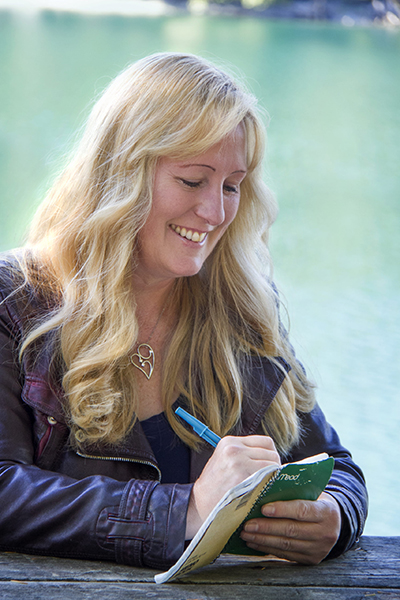
My Personal Experience & Process for Quickly Outlining Story Ideas
Many times, in traditional publishing, an editor may ask if you are interested in writing about a particular subject and give you a few short weeks to come up with an outline or story proposal. Other times, especially if you are self-publishing, you may be asked to join in an anthology with other authors. There is usually an over-arcing theme presented and each author must write a story relating to that topic.
I was asked by an editor of a major traditional publishing house (with whom I had already published) if I was interested in writing a novel or series of novellas about three women who open a cupcake shop in a small town. The only other information I was given is that they kept a diary. Of course, as a new writer, I jumped at the opportunity and chose to outline a 3-set of novellas. So where did I start?
I needed to outline the story quickly because the editor needed my proposal within two weeks. To make things easier, I chose a setting that intrigued me and that I had visited and was familiar with: Astoria, Oregon. This was a setting I could happily write a story about.
Next, I considered my characters. Three women who open a cupcake shop. Obviously, at least one of them must know how to bake. I decided to give the main character of my first novella a sister and a best friend, to help run the shop. Each woman would be the main character (protagonist) or their own novella. As I pondered motivations for wanting to open a cupcake shop, and who would want to stop them, I created a series of sub-characters and an antagonist for the story.
Next, I had to flesh out the plot. If the main character’s goal was to open a cupcake shop, then I needed an antagonist who wanted to stop her. Why? Again, brainstorming possibilities in this setting. Some humorous. I made a list of actions both the women and the antagonist could take to win the battle. Who would win at the end? I wanted to write a lighthearted romance so of course my protagonist needed to win and have a happily-ever-after, but how?
I also had to brainstorm how to include a diary as an important symbol in this story. I decided the 3 women would write recipes for cupcakes in this diary, notes for each other, and fun details about the cute guys they meet.
Did I ever imagine that I would write a series about cupcakes? No.
Did I use what I was given and make it my own? Yes.
You can take any topic or genre and tweak the story to reflect who you are as a writer.
This rough bare-bones outline led to the publication of The Cupcake Diaries: Sweet on You, Recipe for Love, and Taste of Romance. (Two more novellas were later added: Spoonful of Christmas and Sprinkled with Kisses.)
I was also approached by a friend who was putting together a historical anthology to submit to a traditional publisher. My friend (in charge of the proposal) suggested the theme be abolitionists who participated in The Underground Railroad. We had 9 authors, each who chose to set their story in a different state.
First, I had to research The Underground Railroad and find out where and when to set my story. Again, I chose a setting within those limitations that was familiar to me. I chose a year with historical events that sparked my interest. Then I went on to brainstorm my characters and the plot. After the anthology was traditionally published, I was also able to publish my story as an individual.
Another anthology I was asked to participate in was Sew In Love, which required the heroine of each novella to be a seamstress and find love in a historical setting. One other anthology that I joined featured Runaway Brides.
Many authors collaborate with Christmas anthologies which are extremely popular.
Some collaborations all have a small-town country theme.
However, if you are brainstorming a new story that is NOT intended for any collaboration, you can certainly start outlining with an idea for a character or plot or a specific theme.
Every author’s writing process is different, so whichever way your mind works!
We hope you have enjoyed How to Outline a Fictional Novel with Characters, Plot, and Setting in One Day and that you can use this resource to help you create outlines for your new stories quicker and easier than before.
If you have any questions or would like to leave a comment below, we would love to hear from you!
If you like more help developing your story, you may wish to download our Free Brainstorming Your Story Idea Worksheet
Do you find it difficult to create compelling antagonists and villains for your stories? Do your villains feel cartoonish and unbelievable? Do they lack motivation or a specific game plan? Discover the secrets to crafting villains that will stick with your readers long after they finish your story, with our How to Create Antagonists & Villains Workbook.
This 32-page instructional workbook is packed with valuable fill-in-the-blank templates and practical advice to help you create memorable and effective antagonists and villains. Whether you're a seasoned writer or just starting out, this workbook will take your writing to the next level.
We Believe All Authors Can Aspire to Take Their Writing to the Next Level!
Our Goal for Aspiring Writer Academy is to help people learn how to write quality fiction, teach them to publish and promote their work, and to give them the necessary tools to pursue a writing career.

Other Blog Posts You May Like
How to Create ‘Rising Conflict’ in Your Fiction Novel
How to Write Your Very First Fiction Novel
How to Plot: One Central Storyline
How to Use ‘The Hero’s Journey’ to Plot Your Novel
10 Tips for Using Flashbacks in Your Fictional Novel
How to Use Framing Techniques in Your Fictional Novel
How to Write a Novel with the W-Plot Template
How to Use Themes in Your Fictional Story
Fiction Writing: What is a Pinch Point?
7 Tips for Writing a Story Synopsis
Fiction Writing: What is the ‘Black Moment?’
Fiction Writing: What is the ‘Man in the Mirror Moment?’
Fiction Writing: What is a Plot Hole?
How to Write Act III and Finish Your Fictional Story in 5 Steps
Structuring Act II (Part 2) for Maximum Impact: How to Keep Readers Engaged
Structuring Act II (Part 1) for Maximum Impact: How to Keep Readers Engaged
How to Use Setting to Intensify Your Fictional Scenes
How to Manipulate Pacing to Increase the Intensity of Your Scenes in a Fictional Novel
How to Brainstorm a New Novel Using Goal, Motivation, and Conflict
Fiction Writing: How to Plot a Story where the Antagonist is an ‘Invisible Foe’
Fiction Writing: Create a Storyboard to Map Out Your Scenes
3 Ways to Avoid Writing ‘Episodic’ Scenes in Fiction
How to Write Act I: Opening Scenes for Your Fictional Story
Brainstorming Fiction: What to Do When Your Story Gets “Stuck”
How to Plot Your Fictional Novel (with Free Template Included)
5 Questions to Create Believable Villains

is a multi-published author, speaker, and writing coach. She writes sweet contemporary, inspirational, and historical romance and loves teaching aspiring writers how to write quality fiction. Read her inspiring story of how she published her first book and launched a successful writing career.

